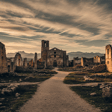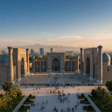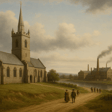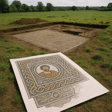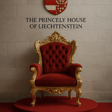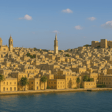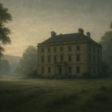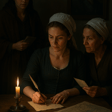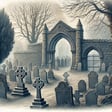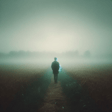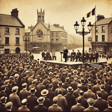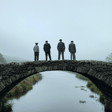
The Death Match: Start vs Flakelf
Episode three of the new season of Pieces of History delves into the captivating story of “The Death Match” – Start vs Flakelf.
In this episode, we’ll explore the rich history of Ukraine, from its early origins to its cultural and political evolution. We’ll dive into the development of football in the country, tracing its growth and the rise of Dynamo Kiev as a dominant force. Finally, we’ll uncover the gripping story of the match between Start and Flakelf, examining the events leading up to it, the intense game itself, and the consequences that followed.
Join me as we uncover the remarkable history of Ukrainian football and the powerful story behind one of its most infamous matches.
Email: piecesofhistorypod@outlook.com
Facebook: Pieces of History podcast
Instagram: @pieceofhistorypod
